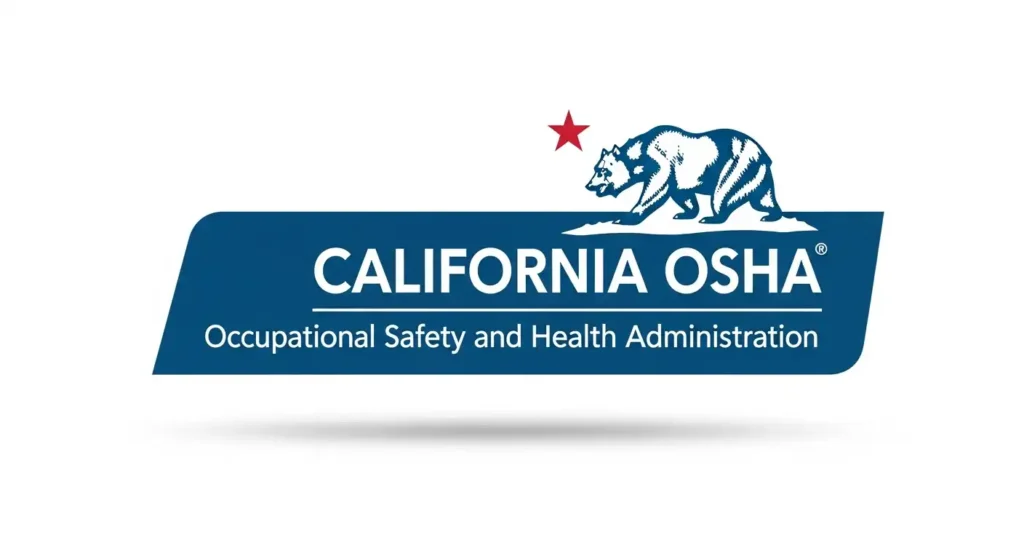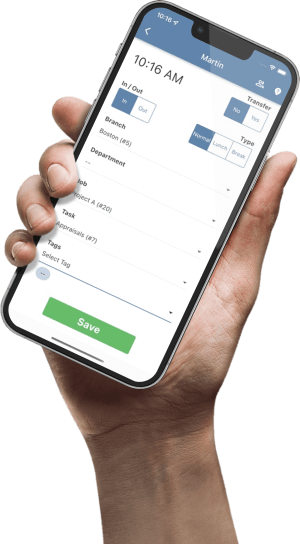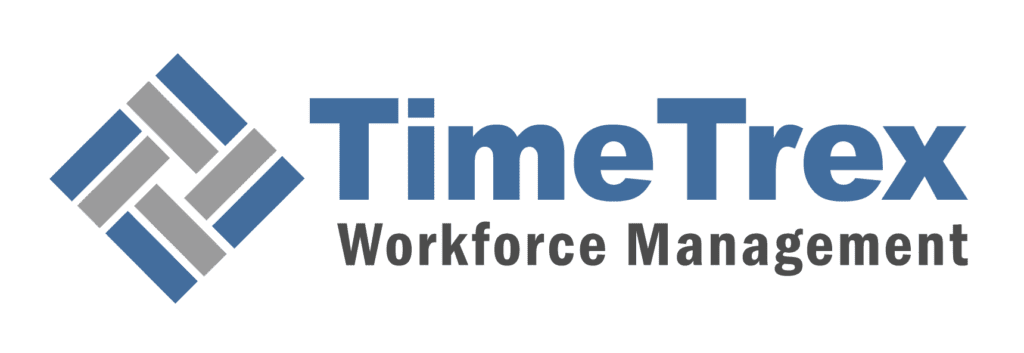
California Small Business Guide to Cal/OSHA Compliance
TL;DR
For California small businesses, Cal/OSHA is not just a stricter version of federal OSHA—it's a different system entirely. Key compliance pillars include a mandatory, written Injury and Illness Prevention Program (IIPP), which is the most cited violation. New regulations effective in 2024 have introduced mandatory Workplace Violence Prevention Plans (WVPP) and specific rules for Indoor Heat Illness, adding significant new layers of responsibility. These standards often require proactive hazard assessment, detailed recordkeeping for up to five years, and employee training that goes far beyond federal requirements. Understanding this unique landscape, integrating new requirements into your IIPP, and staying current with the rapid pace of change are critical to avoiding costly citations and ensuring a safe workplace. This guide breaks down the essential Cal/OSHA standards, recent updates, and enforcement procedures to help your business navigate California's complex regulatory environment.
Article Index
The Cal/OSHA Framework: More Than Just Federal OSHA+
Understanding workplace safety in California begins with a critical realization: it is a distinct regulatory world, not just a state with tougher rules. While federal OSHA sets the national floor, California built its own house on top. For any small business operating in the Golden State, assuming federal compliance is enough is a costly mistake. Let's break down why California has its own system and how it works.
Why California Has Its Own OSHA
The federal Occupational Safety and Health Act of 1970 allows states to run their own OSHA-approved programs, known as State Plans. California was a pioneer, creating Cal/OSHA in 1973 to address the unique hazards of its diverse economy—from Hollywood studios and high-rise construction to Silicon Valley tech and vast agricultural fields. Cal/OSHA is administered by the Department of Industrial Relations (DIR) and, while monitored and partially funded by the federal government, it operates with significant autonomy.
Jurisdiction: Who's in Charge?
Cal/OSHA's authority is extensive, covering nearly all private and public sector employers in the state. Federal OSHA's direct jurisdiction is limited to a few specific areas, such as federal employees (like the USPS), work inside national parks, most maritime operations, and tribal lands. One crucial detail: even for businesses under Cal/OSHA, federal OSHA handles anti-retaliation (whistleblower) complaints from private-sector employees.
"At Least as Effective": How California Exceeds the Federal Baseline
The core rule for any State Plan is to be "at least as effective" as federal OSHA. California consistently treats this as a starting point. The state is known for creating standards that are significantly more comprehensive and stringent. This proactive approach means California often addresses emerging hazards like workplace violence, heat illness, and ergonomics years or even decades before the federal government.
| Hazard/Standard | Federal OSHA Requirement | Cal/OSHA Requirement |
|---|---|---|
| Injury & Illness Prevention Program (IIPP) | Recommended as a best practice (Safety Management System). | Mandatory, written program with eight specific, required elements. |
| Heat Illness Prevention | Enforcement under the General Duty Clause; no specific standard. | Specific, detailed standards for both outdoor and indoor work with explicit temperature triggers. |
| Workplace Violence Prevention | Enforcement under the General Duty Clause; no specific standard for general industry. | Mandatory written plan (WVPP) with specific training, hazard assessment, and incident logging requirements. |
| Permissible Exposure Limits (PELs) | Largely static since the 1970s; regulates ~500 substances. | Regularly updated and more protective; regulates hundreds of additional substances not covered by federal standards. |
A Tripartite Structure: Rulemaking, Enforcement, and Appeals
The Cal/OSHA program is divided into three distinct bodies to ensure a separation of powers:
- Occupational Safety and Health Standards Board (Standards Board): The legislative arm. This is the only body in California that can create, amend, or repeal workplace safety standards. It holds public meetings and accepts petitions from anyone to propose changes.
- Division of Occupational Safety and Health (DOSH): The enforcement arm, this is the agency people usually mean when they say "Cal/OSHA." DOSH conducts inspections, issues citations, and proposes penalties. It also houses the Cal/OSHA Consultation Service, which offers free, confidential compliance help—but you must agree to fix any serious hazards they find.
- Occupational Safety and Health Appeals Board (Appeals Board): The judicial arm. Completely independent from DOSH, this board hears and rules on employers' appeals of citations and penalties, ensuring a fair review process.
Cornerstone Standards for California Employers
Cal/OSHA's regulatory framework rests on several key standards that have no direct federal equivalent. For small businesses, mastering these is the foundation of compliance.
The Injury and Illness Prevention Program (IIPP): The Central Pillar of Compliance
The IIPP is the most important document in your Cal/OSHA compliance toolkit. Mandated for every employer, this written program is not just a policy—it's your entire safety management system. It's also the most frequently cited Cal/OSHA standard, so inspectors will always ask for it. An effective IIPP must include eight required elements:
- Responsibility: Name the person(s) in charge of safety.
- Compliance: A system to ensure employees follow the rules.
- Communication: A two-way channel for safety discussions without fear of reprisal.
- Hazard Assessment: Procedures for regularly inspecting your workplace.
- Accident/Exposure Investigation: A process to investigate injuries and find the root cause.
- Hazard Correction: A plan to fix identified hazards promptly.
- Training and Instruction: A system for training new hires and when new hazards arise.
- Recordkeeping: Proof that you are implementing the program (e.g., training logs, inspection records).
Your IIPP must be a dynamic, "living" document, updated whenever you introduce new equipment, processes, or substances. It's the operating system for your safety program, and other required plans, like those for workplace violence or heat illness, can be incorporated into it.
Ergonomics and the Prevention of Repetitive Motion Injuries (RMIs)
California was the first state to tackle Repetitive Motion Injuries (RMIs) like carpal tunnel syndrome with a specific standard. The rule is reactive, meaning it's triggered only after two or more employees doing the same job are medically diagnosed with a work-related RMI within 12 months. Once triggered, you must implement a program that includes a worksite evaluation, controls to minimize the hazard (e.g., better workstations, more breaks), and employee training. The risk here is significant; triggering the standard creates an official record that your work process caused injuries, which can be powerful evidence in workers' compensation claims and lawsuits.
Heat Illness Prevention: The Pioneering Standard
California has long led the nation in protecting workers from heat. The standard for outdoor workplaces is a comprehensive program requiring employers to provide water, rest, and shade. When the temperature exceeds 80°F, shade must always be available. Employees must be encouraged to take a preventative "cool-down rest" in the shade whenever they feel the need. The rules become even stricter at 95°F, triggering "High-Heat Procedures" for certain industries like construction and agriculture, which include direct observation or a buddy system and mandatory cool-down rests.
The Evolving Regulatory Landscape (2024-2025 Updates)
Cal/OSHA is constantly evolving. Recent years have seen major new regulations that create significant compliance duties for nearly every small business.
Workplace Violence Prevention: A Comprehensive Mandate Under SB 553
Effective July 1, 2024, a new law requires almost all California employers to implement a comprehensive Workplace Violence Prevention Plan (WVPP). This can be a standalone document or part of your IIPP. The core requirements include:
- Active Employee Involvement: You must involve your employees in developing the plan.
- Hazard Assessment: Procedures to identify and correct specific workplace violence hazards.
- Violent Incident Log: A detailed log of every workplace violence incident must be maintained for five years.
- Training: Initial and annual interactive training for all employees on the plan, hazard recognition, and reporting procedures.
- Recordkeeping: Hazard assessment and investigation records must be kept for five years, and training records for one year.
Cal/OSHA is required to adopt a formal standard by the end of 2026, so this area will continue to evolve. This law fundamentally expands employer responsibility into areas that require close collaboration between safety and HR.
The New Frontier: The Indoor Heat Illness Prevention Standard
Building on its outdoor rule, Cal/OSHA implemented a new Indoor Heat Illness Prevention standard, effective July 23, 2024. This rule applies to all indoor workplaces—from warehouses to restaurant kitchens—whenever the temperature reaches 82°F. Key requirements include:
- At 82°F: Provide free, cool drinking water and access to a designated cool-down area maintained below 82°F.
- At 87°F (or 82°F with factors like heavy clothing): You must begin measuring and recording the temperature and heat index, implement engineering or administrative controls to reduce heat, and closely supervise new employees for 14 days to ensure they acclimatize.
This standard marks a major shift by requiring active environmental monitoring and recordkeeping, turning passive compliance into an active, documented process.
| Requirement | Outdoor Standard (T8 CCR §3395) | Indoor Standard (T8 CCR §3396) |
|---|---|---|
| Primary Trigger | 80°F for access to shade. | 82°F for all initial provisions (water, cool-down area). |
| Cooling Method | Access to Shade. | Access to a Cool-Down Area maintained at <82°F. |
| Enhanced Trigger | 95°F for "High-Heat Procedures." | 87°F (or 82°F with aggravating factors) for "Control Measures." |
| Enhanced Requirements | Observation, pre-shift meetings, mandatory rest breaks in agriculture. | Mandatory temperature/heat index measurement & recording, engineering/administrative controls. |
Transitioning Post-Pandemic and Expanding Protections
As of February 3, 2025, most provisions of the COVID-19 Prevention Non-Emergency Standard have ended. However, employers must maintain a record of all COVID-19 cases until February 3, 2026. Looking ahead, Cal/OSHA protections are expanding. Starting July 1, 2025, protections are extended to many domestic workers, requiring their employers to have an IIPP and provide safety training for the first time.
Enforcement, Citations, and the Appeals Process
Knowing the rules is half the battle; the other half is understanding what happens when a Cal/OSHA inspector arrives at your door.
The Cal/OSHA Inspection
Inspections are rarely random. They are typically triggered by:
- Imminent danger situations
- Fatalities or serious injuries (which must be reported to Cal/OSHA within 8 hours)
- Worker complaints
- Referrals from other agencies
- Targeted inspections of high-hazard industries
An inspector will present their credentials, hold an opening conference to explain the scope, conduct a walkaround inspection (with employer and employee representatives), interview employees privately, and review documents like your IIPP and injury logs. They will conclude with a closing conference to discuss their findings.
Understanding Citations and Penalties
If violations are found, Cal/OSHA will issue a Citation and Notification of Penalty. You must post a copy of the citation near where the violation occurred. Violations are classified by severity, ranging from Regulatory (paperwork) to General, Serious, Repeat, and Willful. Penalties are calculated using a complex formula but can be substantial. As of 2025, a failure to report a serious injury carries a minimum $5,000 penalty, and willful or repeat violations can exceed $160,000.
| Violation Type | Maximum Penalty (as of Jan 2025) | Key Factors |
|---|---|---|
| Regulatory | $16,285 | $5,000 minimum for failure to report a serious injury. |
| General | $16,285 | Adjusted for gravity, employer size, good faith, and history. |
| Serious | $25,000 | Base penalty of $18,000, then adjusted. |
| Repeat | $162,851 | Adjusted penalty is multiplied by 2x, 4x, or 10x. |
| Willful | $162,851 | Adjusted penalty is multiplied by 5x; minimum of $11,632. |
Navigating the Appeals Process
If you disagree with a citation, you have options, but you must act fast. You can request an informal conference with the district manager to negotiate. However, this does not stop the clock on your most critical deadline: you have only 15 working days from receiving the citation to file a formal appeal with the independent Occupational Safety and Health Appeals Board. If you miss this deadline, the citation becomes a final, legally binding order. Missing this deadline is one of the most common and costly mistakes employers make.
Strategic Compliance and Recommendations
In California's complex regulatory environment, a simple checklist approach to safety won't work. Success requires an integrated, strategic approach.
Integrate New Requirements into Your IIPP
Your IIPP should be the master framework for all safety programs. Instead of creating separate, siloed documents, integrate your new Workplace Violence Prevention Plan and Indoor Heat Illness Plan as modules within your existing IIPP. This streamlines management, ensures consistency, and creates a more cohesive safety system.
Be Proactive in Hazard Assessments
Cal/OSHA's new standards show a clear trend toward regulating non-traditional hazards. Your required periodic hazard assessments must now go beyond slips, trips, and falls. Systematically evaluate risks related to public interaction, staffing levels, overtime, and indoor climate control. Proactively assessing ergonomic risks—before the two-injury trigger is met—is also a critical risk mitigation strategy.
Best Practices for a Culture of Safety
- Training: Consolidate your training sessions. Use your annual IIPP refresher as a time to also cover the annual requirements for the WVPP and Heat Illness standards. Ensure training is interactive and in a language all employees can understand.
- Recordkeeping: The new five-year retention rules require a robust data management strategy. Digital systems are often best. Remember, these records create a discoverable paper trail. Ensure they meticulously document a responsive and effective safety program, as poorly kept records can become a major liability in civil litigation.
- Culture: True compliance is about more than paperwork. A genuine, top-down commitment to safety builds a strong safety culture. This is not just good practice—it has a direct financial impact, as your "Good Faith" efforts are a key factor in reducing Cal/OSHA penalties.
Simplify Your HR and Safety Compliance
Navigating Cal/OSHA's complex requirements can be overwhelming. TimeTrex's Human Resource Management (HRM) module helps you manage training records, document safety procedures, and maintain compliance with confidence.
Learn More About TimeTrex HRMDisclaimer: The content provided on this webpage is for informational purposes only and is not intended to be a substitute for professional advice. While we strive to ensure the accuracy and timeliness of the information presented here, the details may change over time or vary in different jurisdictions. Therefore, we do not guarantee the completeness, reliability, or absolute accuracy of this information. The information on this page should not be used as a basis for making legal, financial, or any other key decisions. We strongly advise consulting with a qualified professional or expert in the relevant field for specific advice, guidance, or services. By using this webpage, you acknowledge that the information is offered “as is” and that we are not liable for any errors, omissions, or inaccuracies in the content, nor for any actions taken based on the information provided. We shall not be held liable for any direct, indirect, incidental, consequential, or punitive damages arising out of your access to, use of, or reliance on any content on this page.
About The Author

Roger Wood
With a Baccalaureate of Science and advanced studies in business, Roger has successfully managed businesses across five continents. His extensive global experience and strategic insights contribute significantly to the success of TimeTrex. His expertise and dedication ensure we deliver top-notch solutions to our clients around the world.
Time To Clock-In
Start your 30-day free trial!
Experience the Ultimate Workforce Solution and Revolutionize Your Business Today
- Eliminate Errors
- Simple & Easy To Use
- Real-time Reporting

Saving businesses time and money through better workforce management since 2003.
Copyright © 2025 TimeTrex. All Rights Reserved.
